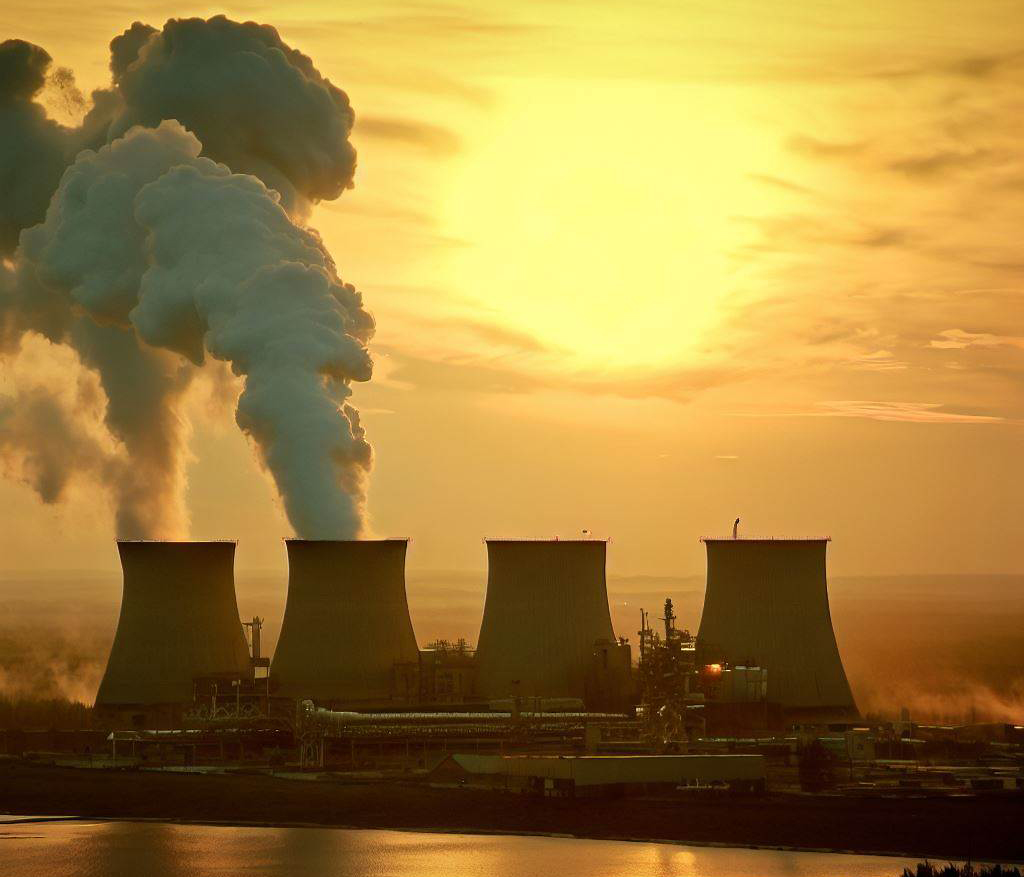
How not to work yourself up because of the nuclear threat and use radiation for scientific research? Be knowledgeable, read only qualified experts and study opportunities, Olena Pareniuk, a radiobiologist and winner of the “Talents for Ukraine” grant program from the KSE Foundation, tells us.
Olena is an expert in radiation safety research. We asked her about the possible consequences of the Russians blowing up the nuclear power plant and how the exclusion zone can become a springboard for space exploration.
The threat of the Russians undermining the ZNPP is decreasing somewhat, Kyrylo Budanov said. However, what consequences can be expected for Ukraine if an explosion is provoked at the station?
Currently, all six reactors are in a safe state, because the operation of the power units has been suspended since September 2022. But the enemy “holds hostage” the fifth power unit, which can be accelerated to a nuclear reaction and, accordingly, to the generation of electricity. This means that the threat of provocation at the station and the release of radiation remains.
There will be no second Chernobyl unless they turn on this fifth power unit and start generating electricity. Since the reactors are stopped, in the event of a detonation, the emissions will most likely not be large-scale – the lower reaches of the Dnipro, the Black Sea, and the area adjacent to the ZNPP may be contaminated with radionuclides. This can increase the absorbed dose of radiation in the population, leading to an increase in the incidence of cancer. But we hope that this will not happen, because the station is built with many disaster scenarios in mind. But, of course, no one predicted that an inadequate neighbor would take over the station.
Experts note that the greatest threat from a possible Russian detonation of power units of the station is not radiation, but the loss of the nuclear power plant itself
Yes, the biggest danger is that the enemy could destroy the reactors, leaving us with no domestic electricity generation. At the same time, there may be no radioactive emissions into the environment, but it will have very negative long-term consequences from an economic point of view. We now take free electricity from the EU grid. We are very grateful to them for this, but we still need our energy sources.
For many years, you have been researching the accident at the Chernobyl nuclear power plant and how neutron irradiation can help science. So you manage not only not to panic about a possible nuclear threat, but also to use the conditions of the exclusion zone for scientific research! Tell us about your research
The tragedy at the Chernobyl nuclear power plant, which occurred in 1986, opened great prospects for space research. Then, as a result of an explosion at the station, power unit 4 was destroyed, which was later covered with a sarcophagus. During the explosion, radionuclides were thrown out, which melted and remained on the territory of the power unit. Due to the construction of the sarcophagus, a high density of neutron radiation remained inside. We can use the rooms where the molten material lies for cosmic radiation research – because neutron radiation has similar characteristics to cosmic radiation.
People are now spending huge sums of money to send samples into space and study the effects of space radiation on the biological cell. But we can do it with the help of the Chernobyl Nuclear Power Plant – a little cheaper. We dream about flying to Mars, build space stations, but we can’t do that because there is a high density of cosmic radiation, and we can’t predict what will happen there. So such research moves humanity forward to interplanetary travel.